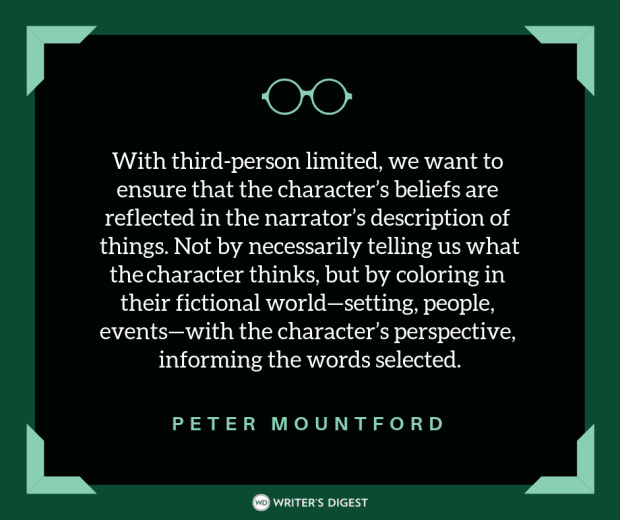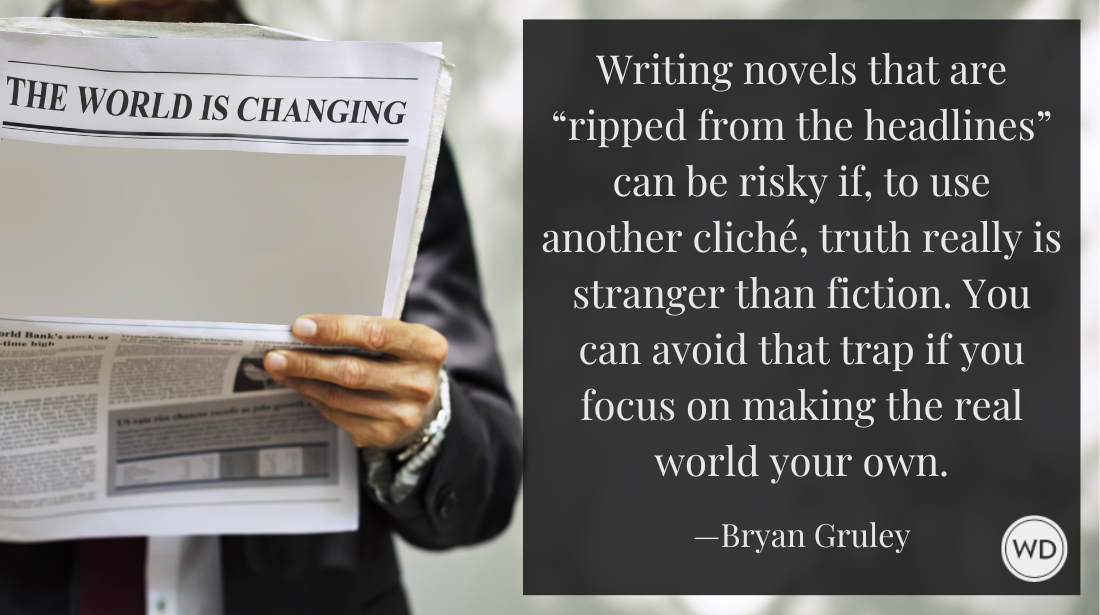Tight Focus: Resist Telling Nonessential Details
Today’s guest post is by Jim Adam. It is part of a series on storytelling and The Strengths of the Potter Series. Check out Jim’s book, Motherless. Each book in…
Today's guest post is by Jim Adam. It is part of a series on
storytelling and The Strengths of the Potter Series. Check out Jim's
book, Motherless.
Each
book in the Potter series stays focused on the issues relevant to that
book. A few forward references appear now and then, but such ancillary
bits are generally slipped in amid scenes that directly connect to the
current story.
Most events, objects, and characters in Book 1
tie directly back to the conundrum of the philosopher’s stone. The
mysterious object that Hagrid picks up during the trip to Gringotts
Bank, Fluffy the three-headed dog, the troll encounter, Norbert the
dragon, the Mirror of Erised: these all connect directly to Voldemort’s
presence at the school. Even Harry’s flying ability and Ron’s skill at
chess become significant during the climactic buildup at the end of the
book.
Ms. Rowling may have created working notes for every character in the story, all the way down to their favorite color, but she resisted the urge to belabor readers with nonessential details.
Think
about Dumbeldore’s backstory, which is left all but untouched until the
last book of the series. Similarly, Voldemort’s backstory receives
major attention only in Book 6, Half-Blood Prince.
Though Ms.
Rowling had those backstories worked out much earlier, she resisted the
urge to dump them on the reader until such time as they were germane to
the flow of the story.
Consider also Durmstrang and Beauxbatons,
two wizard schools that get no mention at all for the first three books
of the Potter series. Even after their introduction, those two schools
receive little attention except in Book 4, Goblet of Fire, where their
presence is essential to the plot.
Throughout, the Potter series
stays focused on Harry and the problems facing him. The last two books
of the series, especially, could easily have gotten sidetracked into
global political intrigue, but Ms. Rowling studiously avoids that trap.
Azkaban, The Forbidden Forest, Hagrid’s ambassadorial trip to
the giants, the first war against Voldemort, Snape’s running of
Hogwarts during Book 7, Deathly Hallows: these are all things that
could easily have become sidetracks, but didn’t.
The books of the Potter series set out to tell a story, and they remain focused on that goal, to the delight of readers.
Looking for more help on the craft of fiction? Check out our Elements of Fiction series:
- Beginnings, Middles, and Ends by Nancy Kress
- Scene & Structure by Jack Bickham
- Description by Monica Wood
- Plot by Ansen Dibell
- Characters & Viewpoint by Orson Scott Card
- Conflict, Action, and Suspense by William Noble
Jane Friedman is a full-time entrepreneur (since 2014) and has 20 years of experience in the publishing industry. She is the co-founder of The Hot Sheet, the essential publishing industry newsletter for authors, and is the former publisher of Writer’s Digest. In addition to being a columnist with Publishers Weekly and a professor with The Great Courses, Jane maintains an award-winning blog for writers at JaneFriedman.com. Jane’s newest book is The Business of Being a Writer (University of Chicago Press, 2018).








